What is it?
W-Sitting is a seated position on the floor, in which the child will sit with their knees bent, feet placed outside their hips and bottom resting on the floor between their legs. The position of the knees may vary from close to touching to splayed apart. It is a common seated position for children aged 3- 6 years, however you might see it in younger or older children.
Why do kids W-Sit?
1. Poor balance and/or Core weakenss
The W-Sit position gives the child a larger base of support, for which children tend to compensate for abdominal and trunk extensor weakness or poor static balance. In this position children are able to hold themselves upright wihtout having to work too hard to maintain their balance.
2. Structural abnormality in the hips
Femoral anteversion- where their thigh bone twists inwardly
In both sitting and standing when hip rotation in is the preferred position, this will result in W-Sitting and intoeing (when your child’s foot points in-ward instead of straight forward)
3. Habit
Children can begin demonstrating this hip positions from as early as 6 months (however it is more common in children aged 3-6 years) in a number of common positions inclusive of:
- Crawling on hangs and knees with knees positioned outside of hips
- Kneeling with knees outside of hips
- Transitioning from a seated position to hands and knees without passing through side-sitting
Many children will sit in this position as they quickly learn that is that this position needs less muscle activation, achieves more stability which will over time lead to a more dependence on W-Sitting causing tightness in other muscles making it harder to sit and be comfortable in any other seated position.
What exactly is wrong with W-Sitting
1. Poor Posture
- The W-Sitting stimulates excessive posterior pelvic tilt, a byproduct of this is slouching
- Excessive hunching over results in minimal trunk extensor activation
- Creates a poor cycle of poor sitting posture caused by muscle weakness, resultining in poor sitting posture
2. Stress on joints
- Resting with hips in flexion, abduction and internal rotation as in the W-Sit places maximum contact with both bones and joints. This may eventually wear the bones down
- Too much time spent in this position which causes maximum contact can lead to hip pain as a young adult and osteoarthritis as an adult. The effects of creating a habit of sitting in this position, can catch up to you later in life with other pains such as back and hip pains
3. Decreased core activation
- Due to the wide base created when seated in this position, less core muscle activation is required to maintain the position
- The wide base of support also limits the need for the child to shift their weight from side to side during play, this results in lack of use of lateral and posterior balance reactions
4. Pigeon toed or in-ward toe walking
- This seated position will give an increased range of hip internal motion, decreasing the external hip range of motion, resulting in hip rotation weakness which causes in-toeing
- Some in-toeing can be caused due to femoral anteversion
5. Decreased trunk rotation
- Poor trunk extension due to posterior pelvic tilt can restrain ability to move trunk freely from side to side Noticeable difference in ability to turn from side to side between sitting hunched and sitting with good posture
- Inability to play while exhibiting trunk rotation can reduce the body’s ability to integrate left and right sides of the body, leading to poor body coordination
What can you do about it?
1. Encourage other ways to sit
- Cross legged sitting “criss cross applesauce”
- Long sitting: where the child’s legs are outstretched in front of them, sitting with a tall back
- Side sitting: where the child’s knees are bent and both legs are pointing towards the same side of the body
- Kneeling: where the child’s bottom is sitting on their heels and knees together (not recommended for long periods of time)
2. Verbal cues and repetition
It is your job as a parent/guardian to help break this habit, Verbal cues are a great way, verbal cues in a nice calm tone saying examples such as:
- “Fix your legs”
- “Criss cross applesauce”
By repetition you will help your child to understand what things verbal cues are and what to do when they hear
them
3. Core strengthening and Hip stretching
Use Youtube to search for a fun core strengthening workout to do this with your child. Also use Youtube to search
a yoga video, to include some hip stretches into their daily routine.


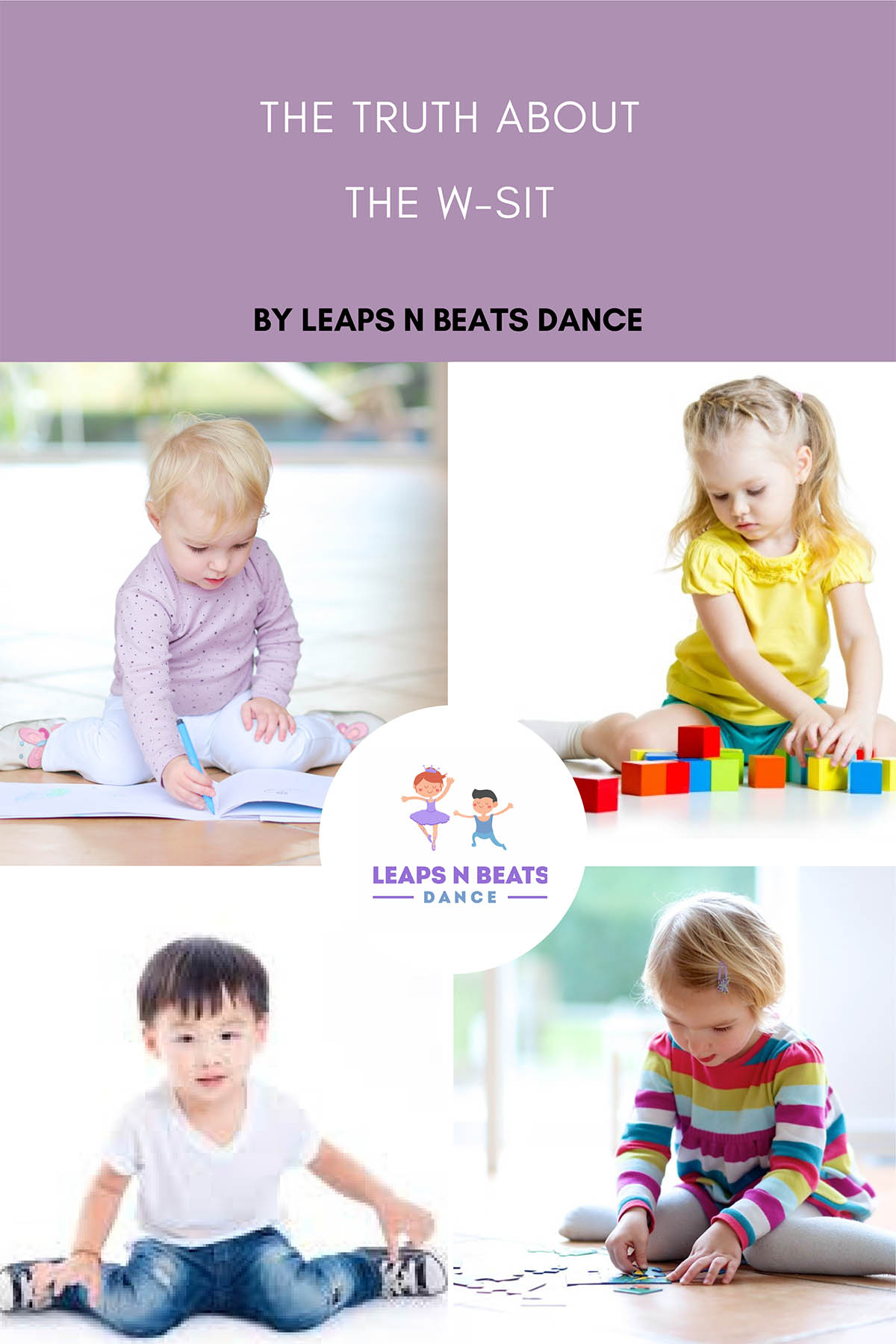
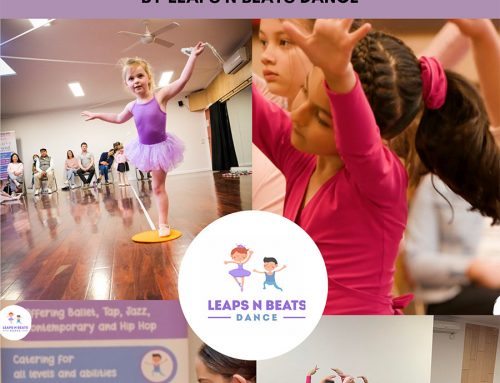
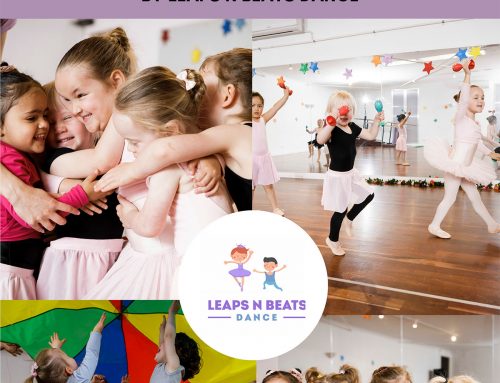
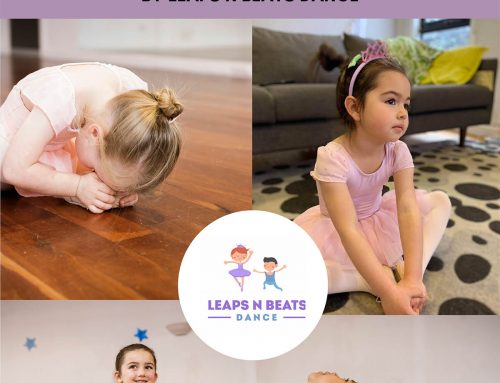
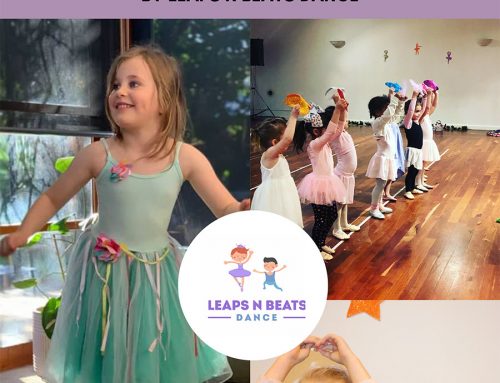
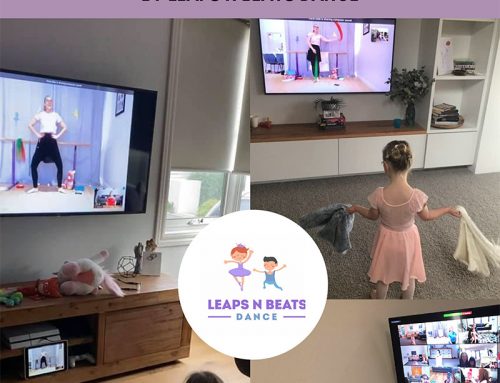
Leave A Comment